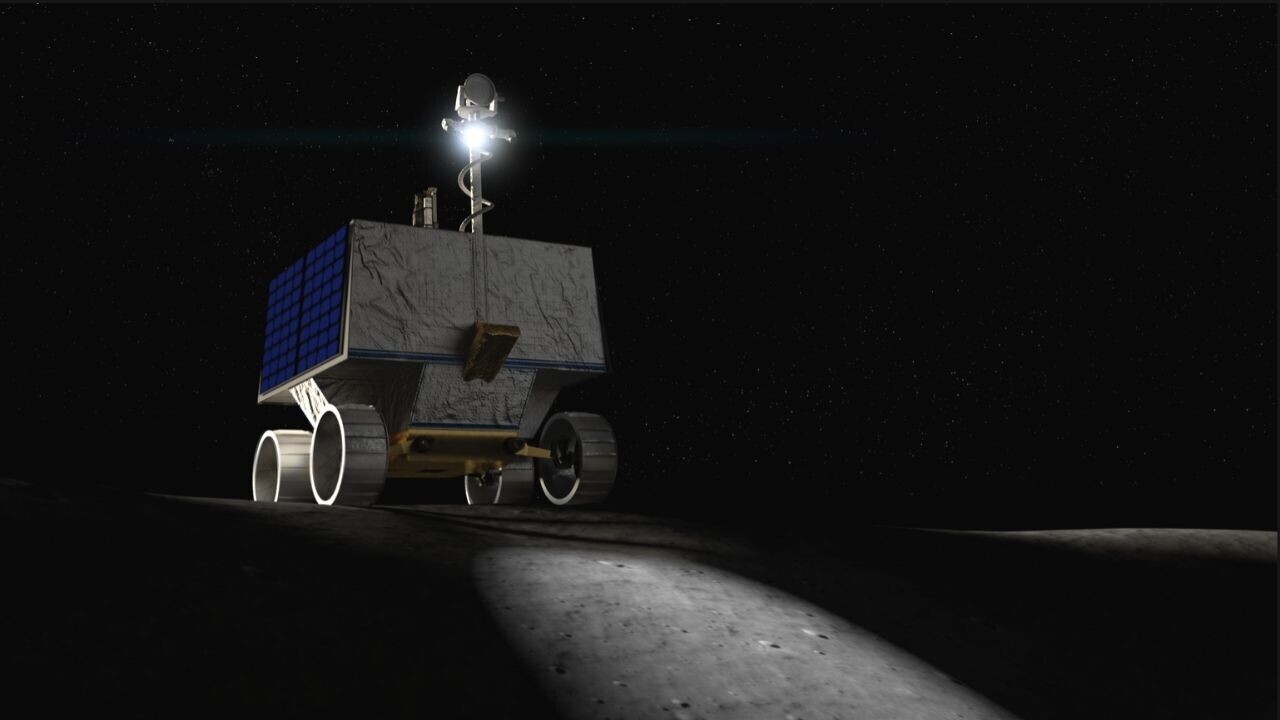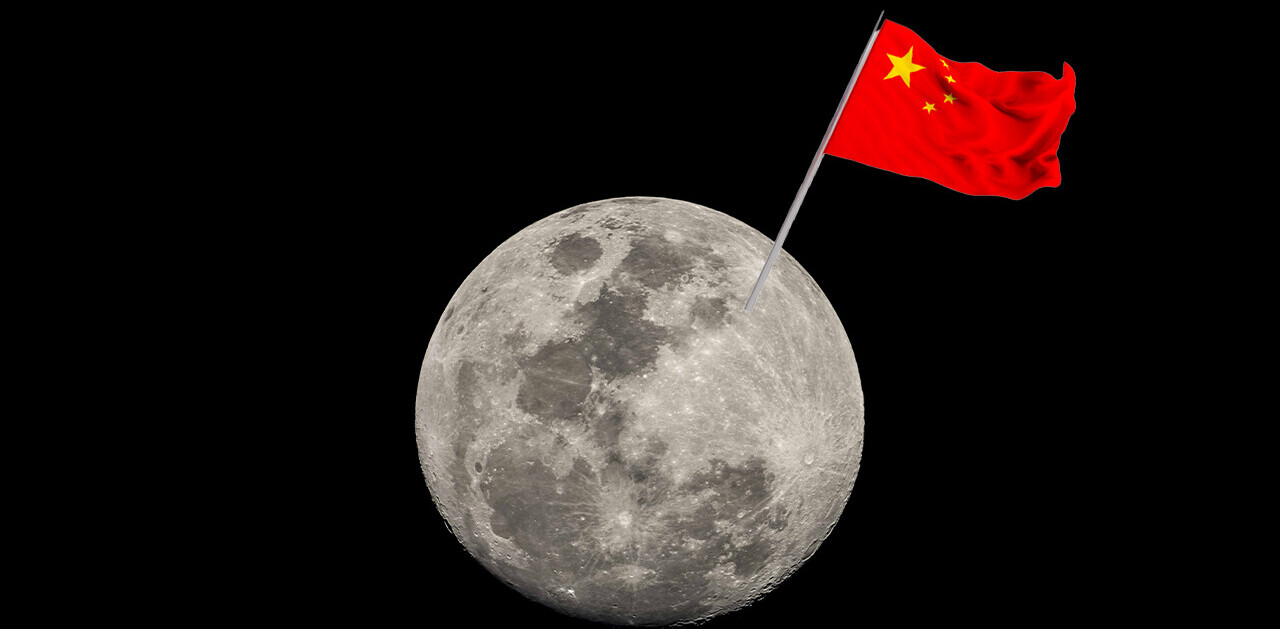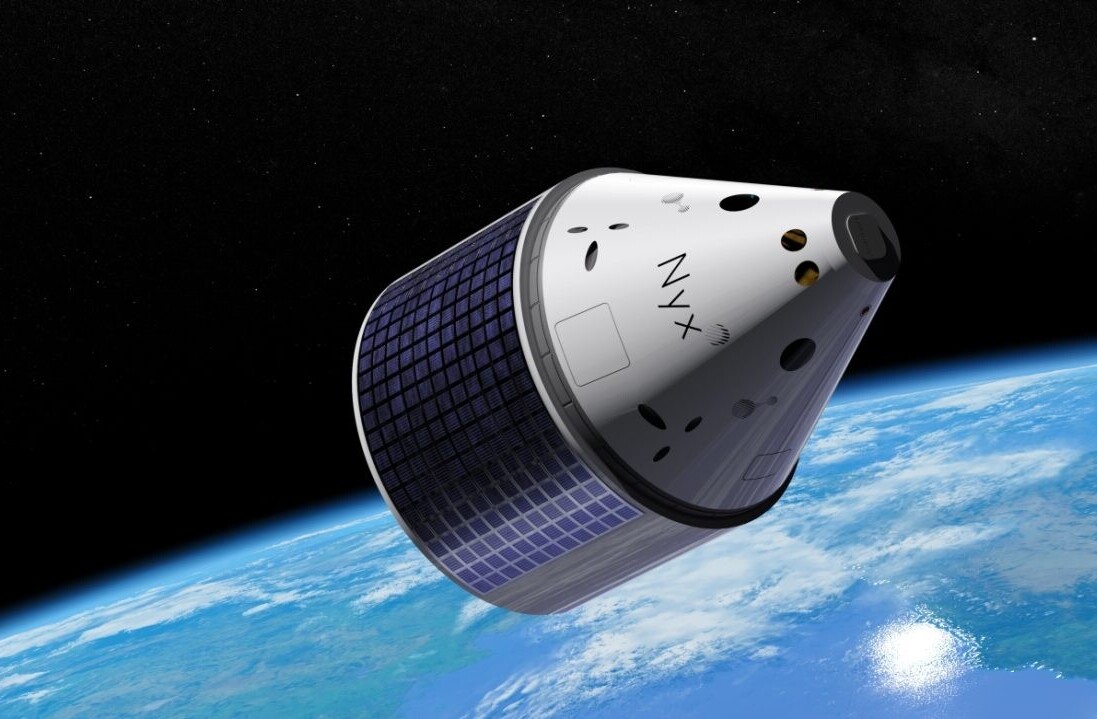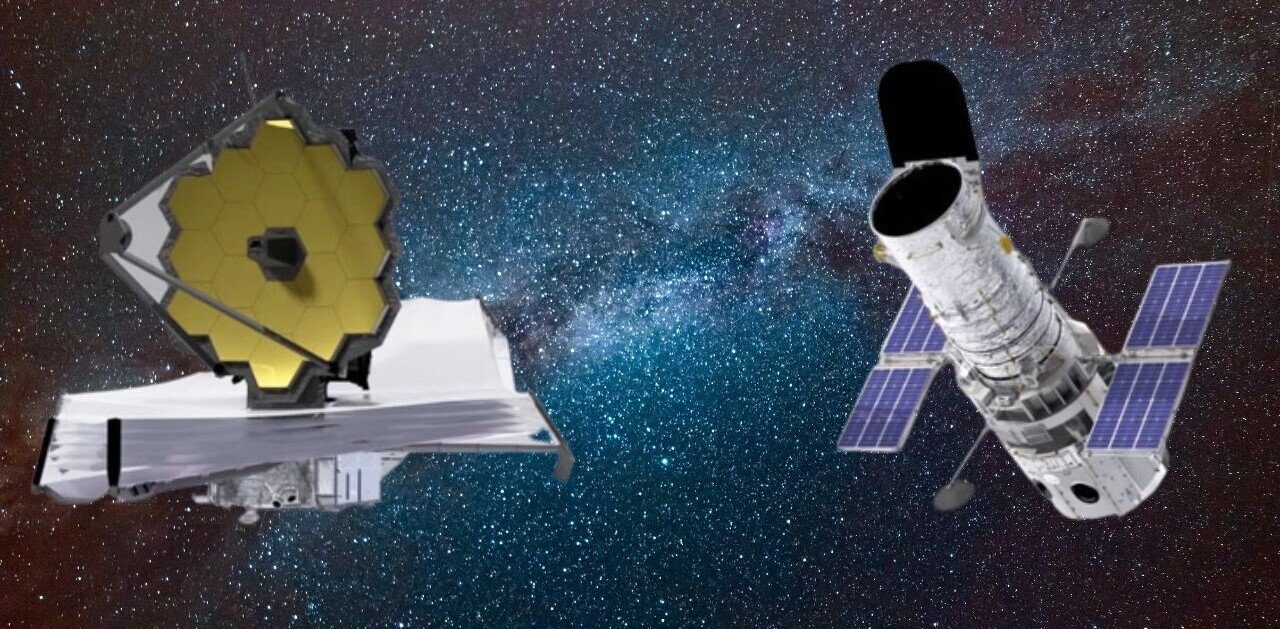
Did you know Neural is taking the stage this fall? Together with an amazing line-up of experts, we will explore the future of AI during TNW Conference 2021. Secure your ticket now!
It seems like everyone is obsessed with Mars these days.
Three space missions were sent to the planet last year. More than 10 million people asked their names to be etched onto a NASA rover currently driving across its terrain. The US and China both aim to send humans to Mars in the 2030s. Elon Musk even wants to build a city there “in our lifetimes.”
The planet has a unique allure, but its charms can lead us to overlook our nearest celestial neighbor: the Moon.
Humans haven’t been on the Moon since 1972 — but that’s set to change soon. NASA’s Artemis program plans to take astronauts to the lunar south pole by 2024.
Before the humans take off, a robot called VIPER (the Volatiles Investigating Polar Exploration Rover) will investigate their destination. NASA on Monday revealed the rover’s landing site: a spot near the western edge of the Nobile Crater.

The 73km-wide impact crater is near the Moon’s South Pole, one of the coldest areas in our solar system. Artemis will be the first mission to the Moon’s surface that has ever explored the region.
NASA chose the mountainous area near the Nobile Crater for Viper’s landing site because the terrain is accessible for rovers.
There are also an array of interesting sites nearby, including permanently shadowed areas that allow ice to exist and smaller craters in the perimeter that VIPER can scout for resources.
NASA hopes the data will provide fresh insights into the lunar environment and help inform the human missions to the Moon.
VIPER is due to land on the Moon in 2023. It will launch on a SpaceX Falcon-Heavy rocket and spend around 100 days exploring the lunar terrain.
The mission aims to explore how frozen water and other resources arrived on the Moon, where they came from, how they were preserved, where they go, and how they escape.
VIPER will use its sensors and drill to characterize ice and other resources in the area. The samples it collects will be analyzed to predict other areas where ice will be present. This data will then be used to develop a map of lunar resources.
The program may lack the glamour of the missions to Mars, but the Moon has secrets of its own that are worth uncovering. It’s also a lot closer to Earth than the red planet, and less likely to result in an excruciating death.
Greetings Humanoids! Did you know we have a newsletter all about AI? You can subscribe to it right here.
Get the TNW newsletter
Get the most important tech news in your inbox each week.





